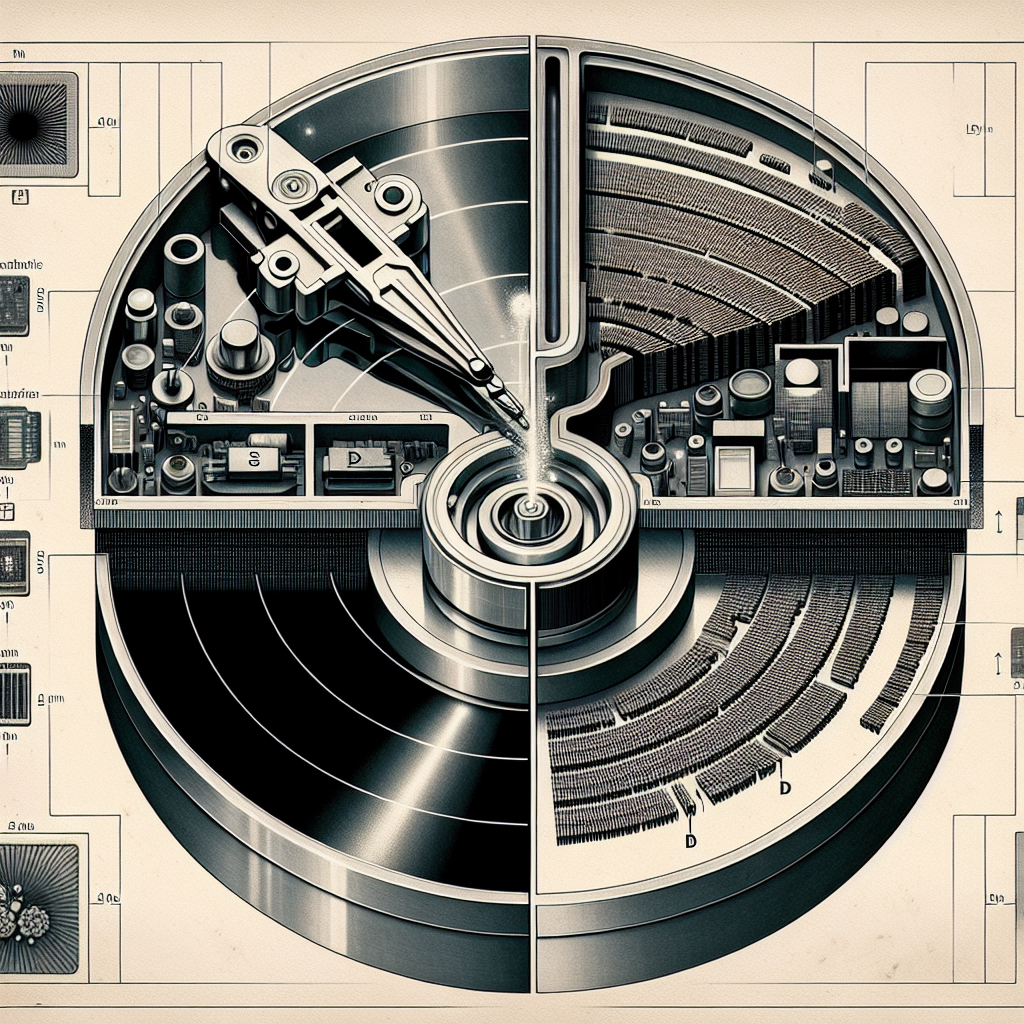Fix today. Protect forever.
Secure your devices with the #1 malware removal and protection software
When it comes to storing data on a computer, there are two main types of storage devices: magnetic and solid-state drives. Both types of drives use read-write heads to access and store data, but the mechanics behind how these heads work differ significantly. In this article, we will explore the mechanics of read-write heads in both magnetic and solid-state storage devices.
Magnetic storage devices, such as hard disk drives (HDDs), have been around for decades and are still widely used today. These drives store data on spinning disks coated with a magnetic material. The read-write head in an HDD is a small electromagnetic device that moves back and forth across the surface of the disk to read and write data. When writing data, the read-write head generates a magnetic field that aligns the magnetic particles on the disk in a specific pattern. When reading data, the head detects the orientation of the magnetic particles and translates it into binary code.
The movement of the read-write head in an HDD is controlled by an actuator arm, which is connected to a motor. The arm moves the head to the correct position on the disk to access the data. The speed at which the head can move across the disk, known as the seek time, is a critical factor in the performance of an HDD. The faster the seek time, the quicker the drive can access and retrieve data.
In contrast, solid-state drives (SSDs) use flash memory to store data, eliminating the need for moving parts like the read-write head in an HDD. Instead, data is stored on interconnected memory chips that can be accessed simultaneously, allowing for faster read and write speeds. The absence of moving parts also makes SSDs more durable and less prone to mechanical failure.
In an SSD, the read-write process is controlled by a controller chip that manages data transfer between the memory chips and the computer’s processor. When writing data, the controller chip sends electrical signals to the memory cells to store the data in a specific location. When reading data, the controller retrieves the data from the memory cells and sends it to the processor. The lack of moving parts in an SSD results in faster access times and improved overall performance compared to HDDs.
In conclusion, the mechanics of read-write heads in magnetic and solid-state storage devices differ significantly. HDDs rely on a moving read-write head and spinning disks to access and store data, while SSDs use flash memory and a controller chip to achieve faster read and write speeds. Both types of drives have their advantages and disadvantages, but as technology continues to advance, SSDs are becoming increasingly popular due to their speed, reliability, and durability.
Fix today. Protect forever.
Secure your devices with the #1 malware removal and protection software

Leave a Reply
You must be logged in to post a comment.